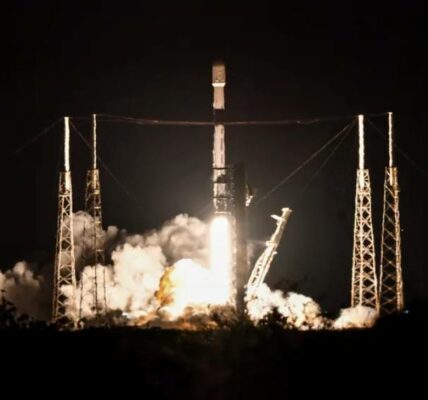However, due to its complexity, cost, and postponed return date—which was initially scheduled for 2031 but was postponed following evaluations by an impartial review board—there have been worries that the program is too cumbersome. The program is at jeopardy due to budget cuts that have affected NASA.
NASA Administrator Bill Nelson and NASA Science Mission Directorate Associate Administrator Nicky Fox presented the government agency’s answer to the independent review board on Monday.
According to program reviews, the cost of returning the Mars Sample shouldn’t exceed $5 billion to $7 billion, according to Nelson. However, he claimed that NASA will lose $2.5 billion as a result of having to deal with the limitations of lower spending as a result of budget cuts for the 2024 and 2025 fiscal years.
“Mars Sample Return will be one of the most complex missions NASA has ever undertaken. The bottom line is, an $11 billion budget is too expensive, and a 2040 return date is too far away,” according to Nelson. “Safely landing and collecting the samples, launching a rocket with the samples off another planet — which has never been done before — and safely transporting the samples more than 33 million miles (53 million kilometers) back to Earth is no small task. We need to look outside the box to find a way ahead that is both affordable and returns samples in a reasonable time frame.”
Nelson emphasized during a press conference on Monday that the 2040s are “the decade that we’re going to be landing astronauts on Mars,” thus it is unacceptable to wait until then to return the samples to Earth.
Reduced Funding and Growing Expenses Affect Mars Sample Return
Nelson stated that NASA will have to eat other science missions and initiatives due to the program’s $11 billion price tag.
These missions include the Near-Earth Object Surveyor (NEO) to find potentially dangerous asteroids for Earth; Dragonfly to study if Titan, Saturn’s moon, is habitable; and DAVINCI and VERITAS to explore Venus’s mysteries.
Nelson hopes that fiscal year 2026’s budget will be less restricted, giving NASA greater cash for science, but this doesn’t address the pressing issue of how to proceed with Mars Sample Return.
Thus, the space agency is issuing a need for assistance.
Creativity and Reliable Technology
According to Fox, agency representatives will shortly make requests for proposals to NASA facilities and business partners in order to create a fresh strategy that blends creativity with knowledge gained from tried-and-true technology. According to him, NASA plans to launch a sample-return mission with reduced complexity, expense, and risk in the 2030s.
The deadline for proposals is short, and according to Nelson, the agency hopes to have responses by fall regarding the most efficient way to return samples from Mars.
According to Fox, the plans’ fundamental prerequisite is the return of the thirty carefully chosen scientific samples that Perseverance has collected from a variety of sites.
“Mars is extremely important to us,” stated Fox. “It’s one of the only locations that could have had life. Having said that, we understand that in order to do things faster, we may have to lower the scope of the number of samples.”
According to Fox, a variety of desirable specimens for return to Earth will be included in the RFP for a new architecture for Mars Sample Return.
Nelson stated, “We are operating from the premise that this is an important national objective that we return the samples,”
He reaffirmed that NASA did not wish to end the program because it was considered too important, particularly in light of the agency’s future plans to land humans on Mars.
According to Fox, Perseverance will continue to gather samples as it explores the crater rim and that the present decisions will not impact the scientific strategy for the rover’s mission on Mars.
Considering the Future
The Perseverance rover mission and other Mars exploration activities are overseen by NASA’s Jet Propulsion Laboratory, located in Pasadena, California.
When layoffs occurred at JPL in February to satisfy budgetary constraints, current activities for the return program were under way. The extent of JPL’s management control will depend on the new architecture that is ultimately created for the sample return mission, according to Nelson.
The European Space Agency has also contributed significantly to the program’s development, and Fox stated that the organization is currently engaged in talks on the program’s future.
While NASA evaluates alternate architectures, Fox stated that she is considering a budget request of $200 million for the fiscal year 2025. This will allow JPL and other NASA centers to continue with other planetary science.
“To organize a mission at this level of complexity, we employ decades of lessons on how to run a large mission, including incorporating the input we get from conducting independent reviews,” Fox stated. “Our next steps will position us to bring this transformational mission forward and deliver revolutionary science from Mars — providing critical new insights into the origins and evolution of Mars, our solar system, and life on Earth.”















